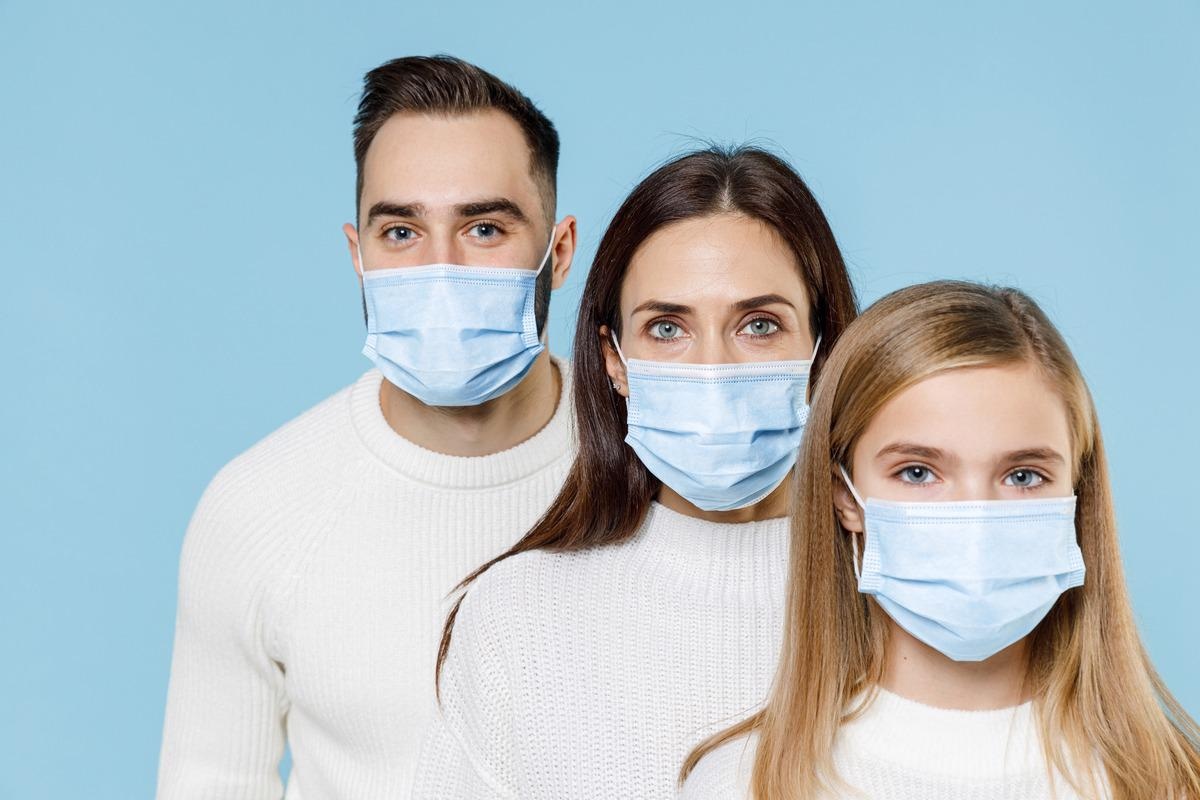Since December 2019, severe acute respiratory syndrome coronavirus 2 (SARS-CoV-2) has claimed more than 5.66 million lives worldwide. The pandemic is commonly known as the coronavirus disease 2019 (COVID-19) pandemic. Children had been perceived to be at lower risk, but they could still benefit indirectly from the vaccination administered to their contacts. In a new study published in Science, scientists estimated the protection provided to children by means of parental vaccination with the BNT162b2 vaccine.
 Study: Indirect protection of children from SARS-CoV-2 infection through parental vaccination. Image Credit: ViDI Studio/Shutterstock
Study: Indirect protection of children from SARS-CoV-2 infection through parental vaccination. Image Credit: ViDI Studio/Shutterstock
Background
Several studies have documented that COVID-19 transmission is common in households, and a recent meta-analysis pinned down the attack rate at 19%. Therefore, to estimate the direct and indirect effects of vaccines, households serve as a viable alternative to large clusters. The direct benefits of the BNT162b2 vaccine have been widely documented in clinical trials. However, the indirect benefits are not well studied. A study in Israel revealed how the unvaccinated family members of health care workers were protected owing to the vaccination received by their spouses. However, more research is required to understand the issue better.
A new study
The integrated data repositories of Israel’s largest healthcare organization were used to estimate the indirect Vaccine Effectiveness (VE) of the BNT162b2 vaccine on unvaccinated children within households. The analysis was performed over two time periods. The first was an early period (January 17, 2021, through March 28, 2021) in children aged 16 years or less. This was the time when the Alpha variant dominated.
Researchers compared households where parents were vaccinated with the primary vaccine series with the households where parents were not vaccinated. The second period was a late period (July 11, 2021, through September 30, 2021), in which children <11 years were studied. At this time, the Delta variant was the dominant strain. In this wave, households with boosted parents were compared to households with parents who had received two doses of the vaccine but had not been boosted yet. In each period, the risk of SARS-CoV-2 among susceptible children was analyzed.
Key findings
During the early period, it was observed that a single vaccinated parent was associated with a 26.0% decreased risk of infection for children living in the same household. The risk of infection declined by 71.7% when both parents were vaccinated. This effect was robust across subject age groups and household sizes. During the late period, a single boosted parent was associated with a 20.8% decreased risk for infection, while two boosted parents were associated with a 58.1% decline. There was some heterogeneity between age groups and across household sizes.
Researchers also estimated the direct benefit of the vaccine in reducing documented infection. The efficacy was 94.4% for the early period, and for the later period, the efficacy was 86.3%. Full vaccination of an infected parent was associated with a 72.1% decreased chance of infection of one or more susceptible children in the household in the early period. In the late period, this number was 79.6%. The results indicated that even a single unvaccinated parent could introduce infection in the household, with a significant probability.
Limitations
Scientists did not determine the fraction of infections arising from a source outside the household. Further, demographic data were used to determine household membership. It could well be that members of the same household live in different addresses. Next, infections were dated based on the date of sampling, which does not necessarily coincide with the date of infection, which could lead to biased estimates.
It is also possible that scientists did not account for certain confounders, particularly those related to behavior. Another possibility is that the outcomes were misclassified between the two study groups. Lastly, researchers could not rule out the collider stratification bias, owing to strong assumptions on which the computation of the secondary attack rate was based.
Conclusion
Parental vaccination was observed to confer significant protection to children residing in the same household. Researchers also highlighted the mechanism through which this protection is conferred. The results obtained in this study underscore the importance of increasing vaccine uptake among eligible individuals. This would help protect them from the infection and indirectly confer protection to their near and dear ones who cannot be vaccinated.